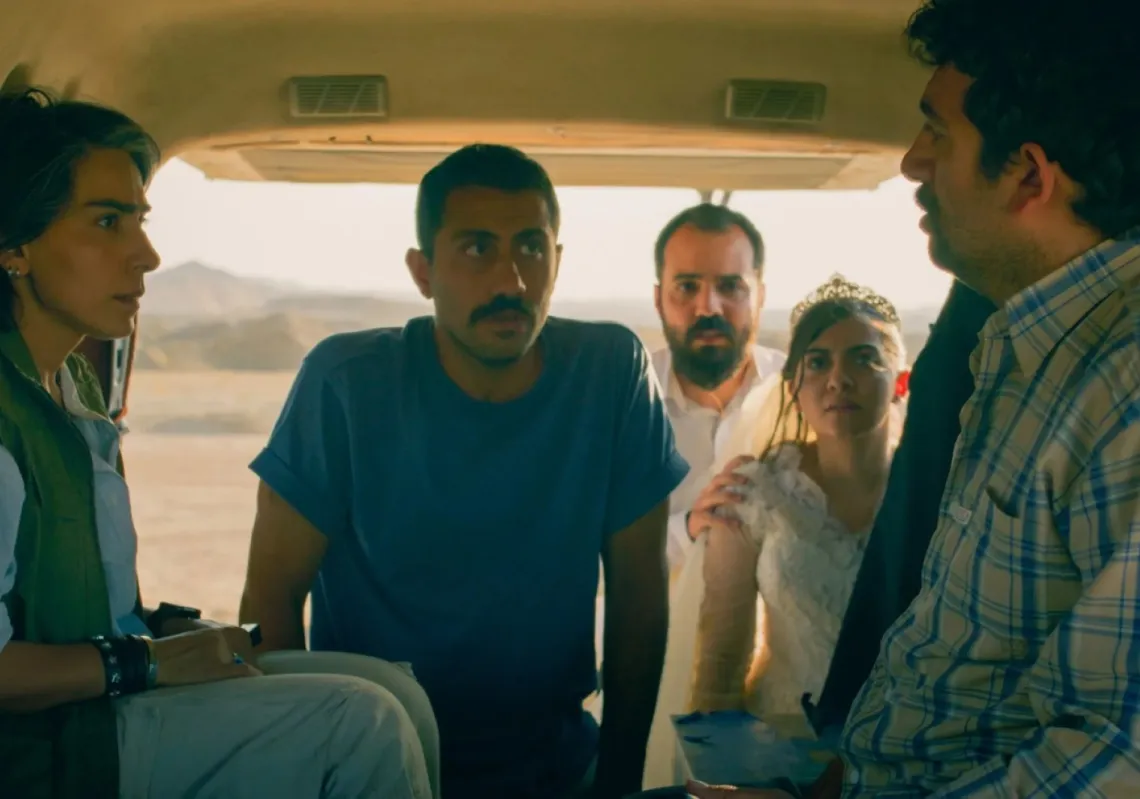 [/caption]
[/caption]
Tour guide Zaki Sultan knows as well as anyone how much Egyptians rely on the steady flow of tourists streaming into their country.
The 44-year-old, who scrapes a living from the tens of thousands of travelers who flock to see the Giza Pyramids each year, was hit hard by the tourism crash in the aftermath of the Egyptian uprising.
Back then, when foreigners shunned the country after being fed a nightly diet of violent clashes on the evening news, the situation got so bad that cash-strapped tour guides could not even feed their animals.
The grisly images of decomposing horses and camels lying just a short distance from the Pyramids became a terrible metaphor for a dying tourist industry.
According to Zaki, the situation now is not as bad as six months ago. Speaking to The Majalla just after taking some visitors on a tour around the Pyramids, he said things had improved. “There are around 25 percent of people compared to last year," he said. "But compared to after the uprising it is getting better.”
However, official statistics released last week suggest that for the millions of Egyptians who, like Zaki, rely on tourism to make a living, the future is not looking rosy.
In the second quarter of the month there was a 35 percent drop in the numbers of foreigners visiting the country.
The shortfall amounted to well over one million fewer tourists coming to Egypt compared to 2010—a development which has been blamed on the instability following the overthrow of former President Hosni Mubarak in March.
In total last year, Egypt received around 15 million visitors—a figure which shows why tourism is one of the country’s biggest industries, worth around £7.3billion and employing approximately 12 percent of the nation’s workforce.
All of which makes the latest figures so worrying, particularly given how Egypt’s tourist minister predicted in June that by September the flow of foreigners arriving in the country would be back up to pre-revolution levels.
Speaking to a Kuwaiti newspaper, Mounir Fakhri Abdel Nour had said: “Data suggests that tourist activities are being restored to pre-revolution rates.”
Judging by the most recent statistics, he should probably sack his number crunchers.
And it’s all very well blaming the Egyptian uprising for the recent tourist turmoil. But how long will it continue for?
Right after the fall of Mubarak, there were numerous flare-ups which might have deterred even the most adventurous of travelers. After all, who wants to take happy snaps of the Sphinx when protesters are bleeding to death in the street nearby?
Yet there will be more problems. Parliamentary elections are due to be held in November, followed by a presidential poll next year. In between and afterwards there will inevitably be further bloodshed.
With the Luxor travel agent brochures gathering dust as a result, Egypt’s tourist industry will continue to flounder.








